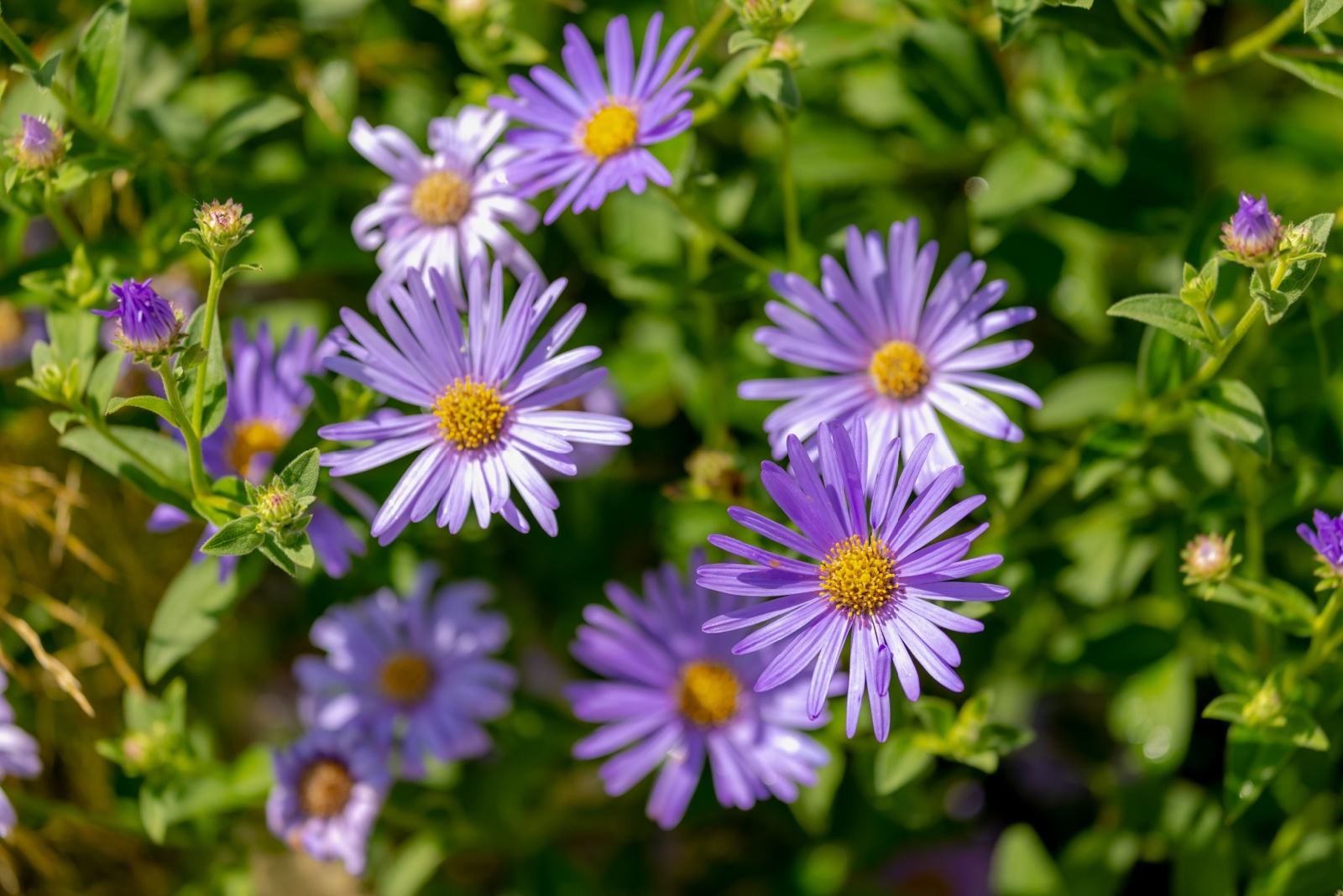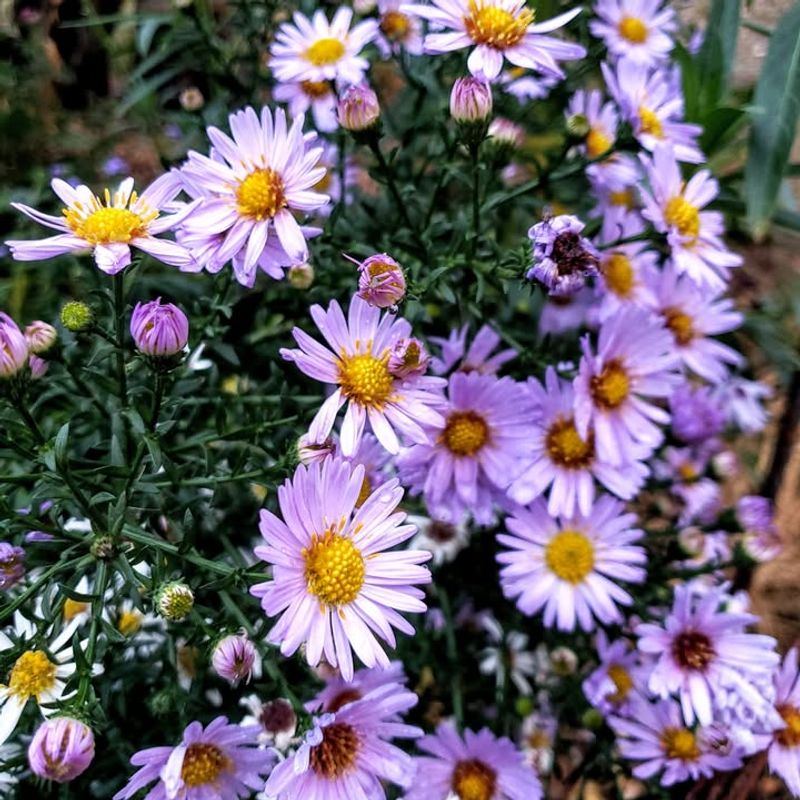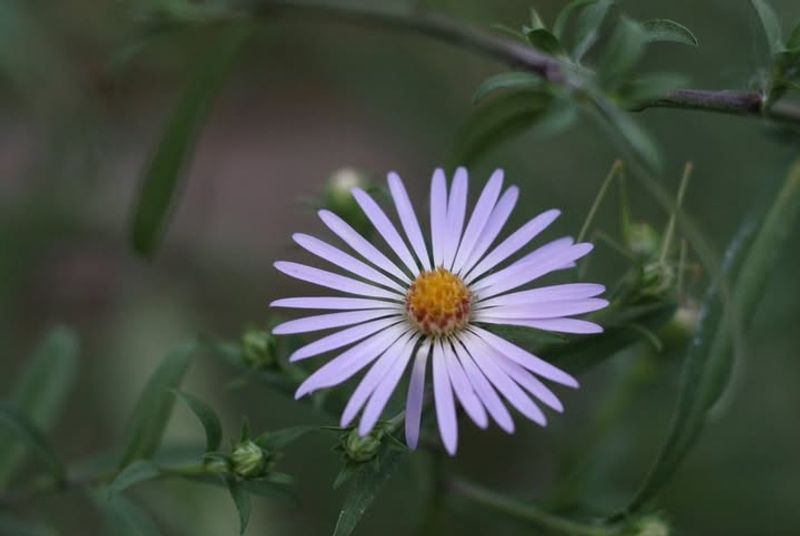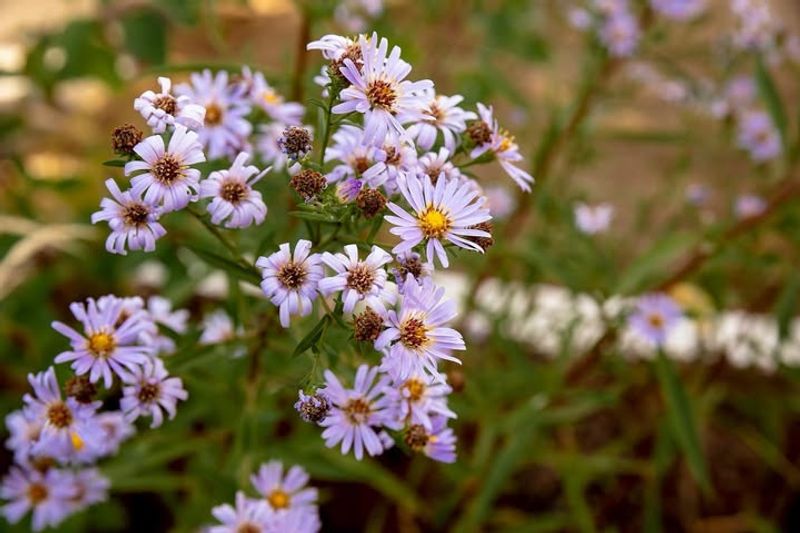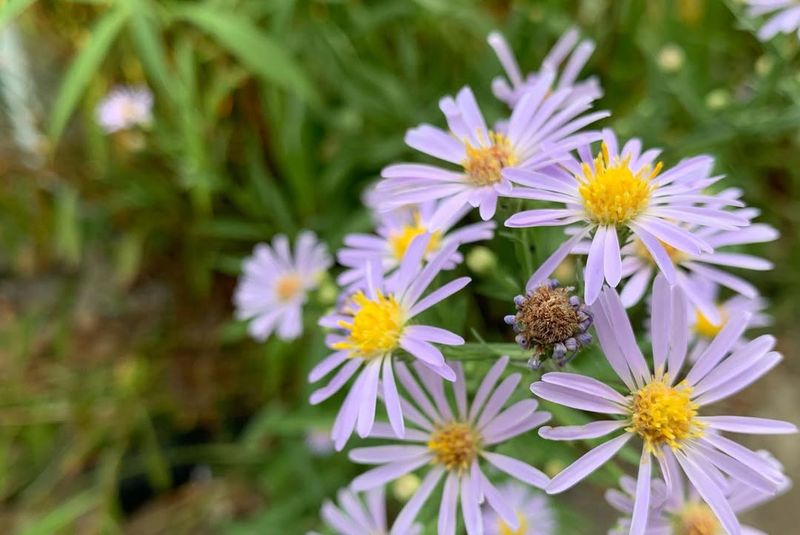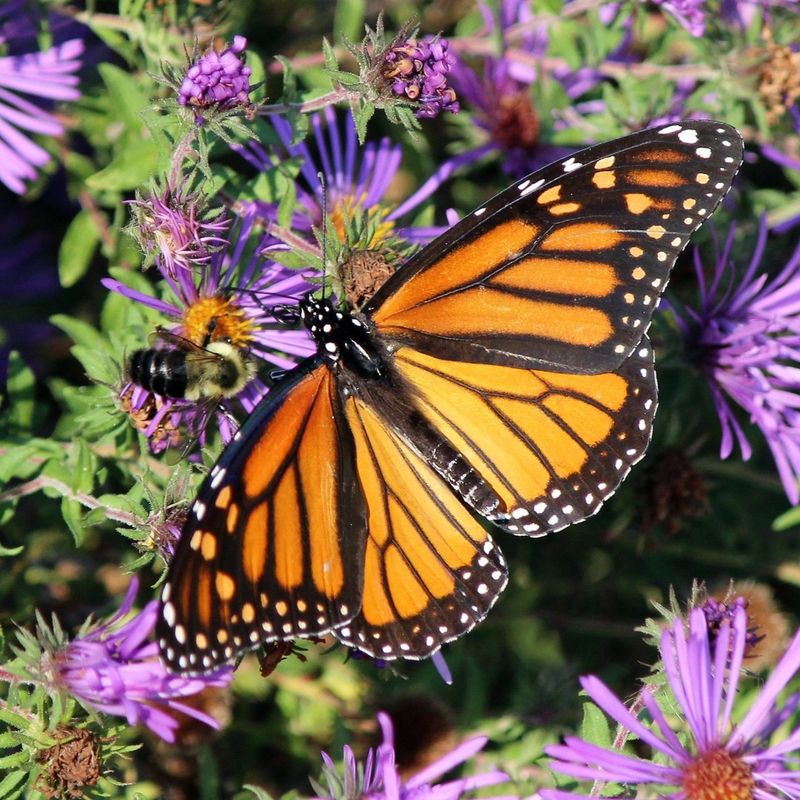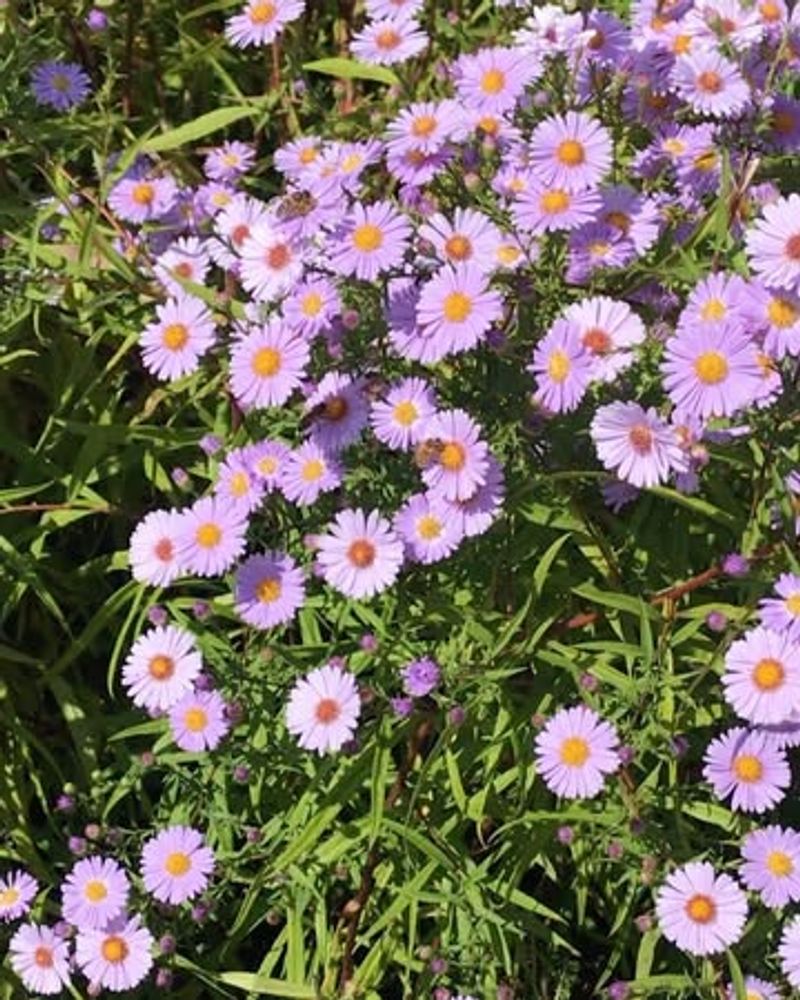Washington’s wild spaces are buzzing with activity this season, and one special flower is stealing the show. The Douglas Aster blooms late in the year when most other plants have finished, creating a purple paradise for hungry butterflies.
Learning about this native beauty can help you understand why it matters so much to local wildlife and ecosystems.
1. A Late-Season Bloomer That Saves The Day
When autumn arrives and most flowers have faded away, Douglas Aster springs into action with vibrant purple blooms. Butterflies preparing for migration or winter desperately need this nectar source during September and October.
Without these late bloomers, many pollinators would struggle to find enough food. Washington gardeners who plant this native species create vital feeding stations that support local ecosystems when resources become scarce in cooler months.
2. Purple Petals That Butterflies Can’t Resist
Butterflies see colors differently than humans do, and they’re especially drawn to purple and blue flowers like the Douglas Aster. The bright lavender petals act like landing pads, guiding insects toward the golden center packed with pollen and nectar.
Each flower head actually contains dozens of tiny blooms clustered together, creating an all-you-can-eat buffet for hungry visitors. Monarchs, painted ladies, and swallowtails frequently stop by for a meal during their travels.
3. Native To The Pacific Northwest For Thousands of Years
Long before European settlers arrived, Douglas Aster thrived throughout Washington’s forests, meadows, and coastal areas. Indigenous peoples recognized its importance to the natural balance of their lands.
Because it evolved alongside local wildlife, this plant requires less water and care than non-native garden flowers. Native plants like Douglas Aster have deep roots that prevent soil erosion and support healthier ecosystems than imported species that often need constant attention and resources.
4. Easy To Grow In Your Own Backyard
You don’t need a green thumb to successfully grow Douglas Aster at home. Plant it in a spot with partial shade to full sun, and water occasionally until the roots establish themselves.
Once settled, this tough native thrives on rainfall alone in most Washington locations. It spreads naturally through underground stems called rhizomes, creating beautiful patches that expand each year without much effort from gardeners, making it perfect for beginners.
5. Supports Entire Food Chains Beyond Butterflies
While butterflies get most of the attention, Douglas Aster feeds countless other creatures too. Bees collect pollen to store in their hives, and tiny beetles hide among the petals hunting for smaller insects.
Birds visit later to snack on seeds produced after flowers fade, while caterpillars munch on leaves throughout summer. By planting one species, you’re actually supporting dozens of animals that depend on each other for survival in Washington’s complex web of life.
6. Named After A Famous Plant Explorer
David Douglas was a Scottish botanist who traveled through the Pacific Northwest in the 1820s, documenting plants nobody in Europe had seen before. His dangerous expeditions introduced the world to Douglas Fir trees and this beautiful aster species.
Sadly, Douglas died young during his travels, but his legacy lives on through the plants bearing his name. Every Douglas Aster blooming in Washington today connects us to that adventurous spirit of discovery and appreciation for nature.

